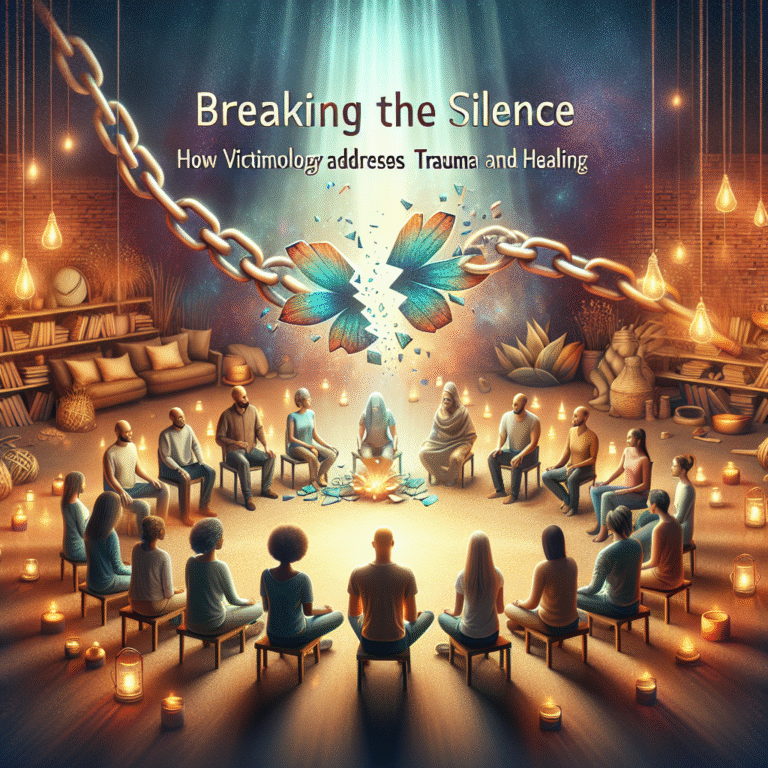
Introduction
In a world where the prison population continues to rise, the importance of understanding those who inhabit our correctional facilities has never been more crucial. Behind Bars: Understanding the Mindset of Incarcerated Individuals provides invaluable insights into the psychological landscape of incarcerated individuals. As we explore their thoughts, feelings, and behaviors, we uncover the complexities that shape their experiences. This understanding not only fosters empathy but also highlights the potential for rehabilitation and reintegration into society.
The Incarceration Experience
The Psychological Toll of Incarceration
Incarceration is not merely a physical state; it’s a psychological battleground where fear, hope, and despair collide. Studies show that individuals behind bars face severe psychological challenges, including anxiety, depression, and post-traumatic stress disorder (PTSD). Understanding these mental health concerns is essential when discussing Behind Bars: Understanding the Mindset of Incarcerated Individuals.
Case Study: The Impact of Isolation
A notable case study focuses on the solitary confinement of prisoners. Research from the American Psychological Association found that prolonged isolation can lead to lasting psychological damage. Inmates subjected to solitary confinement reported higher incidents of self-harm and suicidal thoughts compared to those who had regular social interactions. This highlights the importance of mental wellness in the correctional system and informs us about the emotional states of those behind bars.
Coping Mechanisms
How do incarcerated individuals cope with their environment? Many develop unique psychological adaptations, varying from negative behaviors to constructive strategies.
Negative Coping Strategies
Some inmates resort to substance abuse, gang involvement, or aggressive behaviors as a means of coping. These actions serve to mask the emotional pain of their circumstances but often lead to further complications.
Positive Coping Strategies
Conversely, many inmates find solace in education, art, and even spirituality. Programs that offer educational courses or creative outlets have demonstrated positive impacts on mental health. Institutions that recognize this and support such initiatives are more likely to see lower recidivism rates.
The Role of Environment
The environment within correctional facilities significantly influences the behaviors and thoughts of inmates. This aspect adds another layer to Behind Bars: Understanding the Mindset of Incarcerated Individuals.
Case Study: The Effect of Facility Design
A study conducted by the National Institute of Corrections analyzed the impact of facility design on inmate behavior. Facilities designed with open, communal areas and natural light saw lower rates of violence and mental distress among inmates. By creating a more humane environment, correctional systems can promote better psychological health.
The Social Dynamics of Incarceration
The Importance of Relationships
Human relationships, even in prison, play a pivotal role in shaping the mindset of incarcerated individuals. Friendships formed behind bars can be both a source of comfort and tension.
Support Systems Among Inmates
Inmates often form close bonds that serve as informal support networks. These relationships can bolster morale; however, they can also lead to destructive behaviors. Understanding these dynamics is crucial to Behind Bars: Understanding the Mindset of Incarcerated Individuals.
Family Ties and Their Impact
The connection with the outside world also significantly affects the mental state of incarcerated individuals. Those who maintain contact with family members tend to experience better mental health outcomes.
Case Study: The Role of Family Communication
Research conducted by the Urban Institute highlighted that inmates who received regular communication from family members experienced lower levels of anxiety and depression. This suggests that maintaining these connections can have a profound positive effect.
Rehabilitation and Reentry
Barriers to Successful Reentry
One of the most significant challenges faced by incarcerated individuals is the transition back into society. Understanding the mindset pre- and post-release is crucial for effective rehabilitation.
Common Fear Factors
Many inmates fear failure upon reentry, not only due to societal stigmas but also due to practical concerns such as finding employment and housing. These fears can lead to a cycle of re-offense.
Evidence-Based Rehabilitation Programs
Programs focused on rehabilitation rather than punishment have shown promise in combating recidivism. Behind Bars: Understanding the Mindset of Incarcerated Individuals includes recognizing the importance of programs like Cognitive Behavioral Therapy (CBT) and vocational training.
Case Study: The Success of Rehabilitation Programs
One exemplary case is the Parole Supervision Program in California. Inmates participating in this program benefit from job training and emotional support, resulting in a significant reduction in recidivism rates. This reinforces the idea that understanding the mindsets of incarcerated individuals can lead to better rehabilitation strategies.
Alternatives to Incarceration
The Case for Diversion Programs
As society grapples with the consequences of mass incarceration, it’s essential to explore alternatives focusing on the root causes of crime. Recognizing the mindset behind criminal behaviors can lead to transformative policies.
Examples of Successful Alternatives
Programs like mental health courts and drug treatment initiatives have successfully diverted individuals from prison to more appropriate settings. These alternatives allow for treatment rather than punishment, addressing underlying issues.
Conclusion
Understanding the mindset of incarcerated individuals is not just an academic exercise; it’s a vital step towards a more humane and effective criminal justice system. Behind Bars: Understanding the Mindset of Incarcerated Individuals invites us to empathize with those affected, recognizing their potential for change and rehabilitation. As we move toward a more restorative approach, we must keep these insights in mind, striving to create an environment that offers hope rather than despair.
FAQs
Q1: What are the primary mental health issues faced by incarcerated individuals?
A: Common issues include anxiety, depression, PTSD, and substance abuse.
Q2: How does solitary confinement affect inmates?
A: Solitary confinement can lead to significant psychological damage, including increased self-harm and suicidal thoughts.
Q3: What are some positive coping strategies for inmates?
A: Many find relief through education, creative arts, and forming supportive friendships.
Q4: How do family relationships impact inmates’ mental health?
A: Regular communication with family has been shown to improve mental health outcomes for incarcerated individuals.
Q5: What alternatives to incarceration exist?
A: Alternatives include mental health courts, drug treatment programs, and various diversion initiatives aimed at addressing the root causes of criminal behavior.
Through this exploration of Behind Bars: Understanding the Mindset of Incarcerated Individuals, we learn that while the challenges are significant, there exists a path toward healing, rehabilitation, and renewed hope for both inmates and society at large.


















